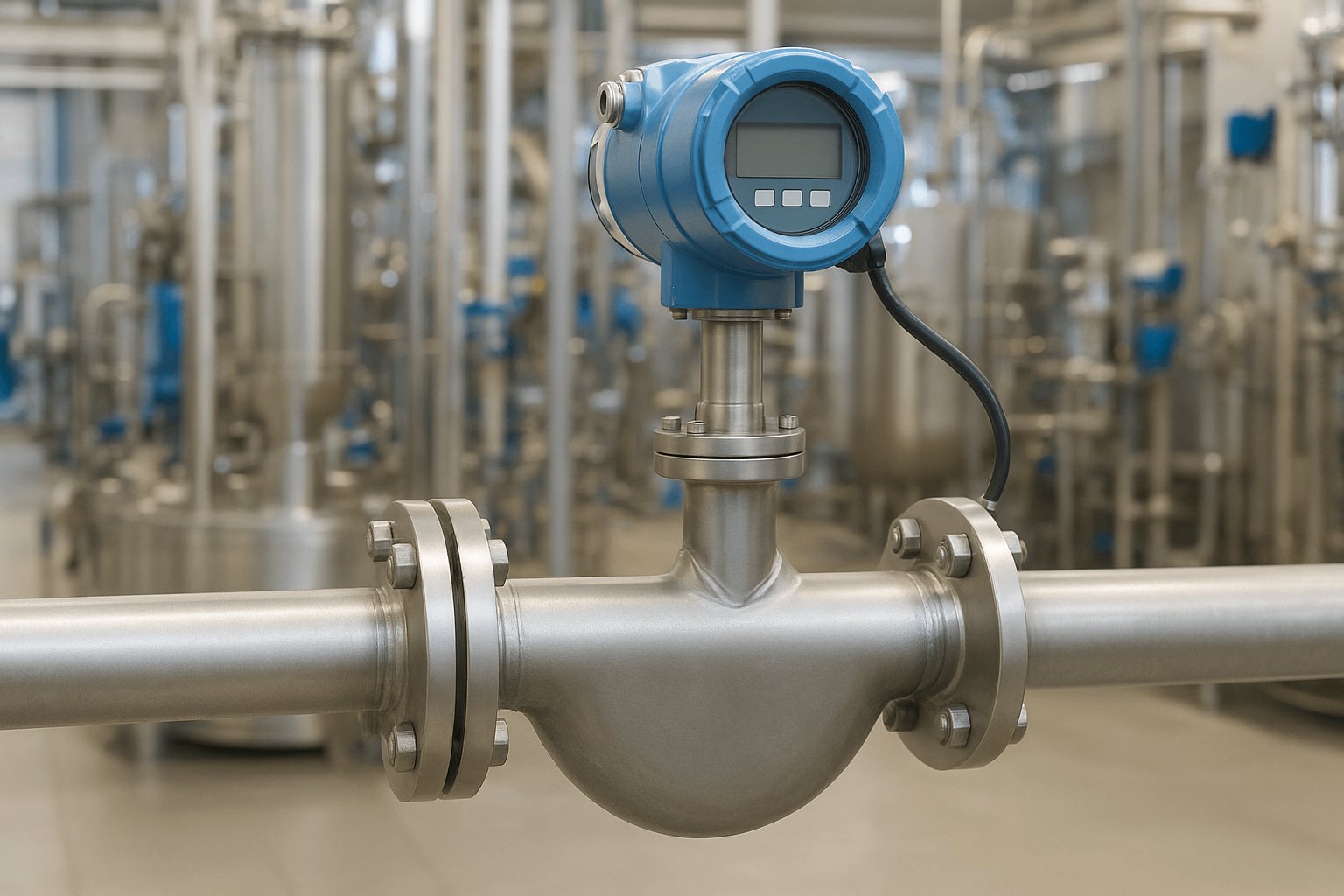Shedding Light on Night Vision: Why Is My Security Camera So Dark at Night?
In an age where security is paramount, the effectiveness of surveillance systems is often put to the test, especially during nighttime. Many users find themselves asking, Why is my security camera so dark at night? This question not only highlights a common frustration but also points to a range of technical factors that can affect the performance of security cameras in low-light conditions. In this article, we will delve into the intricacies of night vision technology, explore the reasons behind poor nighttime visibility, and offer practical solutions to enhance your security camera's performance after dark.
Understanding Night Vision Technology
Before addressing the darkness issue, it's essential to understand how night vision technology works. Most modern security cameras utilize one of two primary methods for low-light recording: infrared (IR) illumination and low-light sensors.
- Infrared Illumination: Many security cameras are equipped with IR LEDs that emit light in the infrared spectrum, which is invisible to the human eye but can be detected by the camera's sensor. This allows the camera to capture clear images in complete darkness. However, the effectiveness of IR illumination can be influenced by several factors, including the quality of the LEDs, the camera's sensor sensitivity, and the distance from the camera to the subject.
- Low-Light Sensors: Some advanced cameras utilize low-light sensors that can amplify available light, including moonlight or streetlights, to produce clearer images in dim conditions. These sensors often come with enhanced image processing capabilities, allowing for better performance in challenging lighting situations.
Common Reasons for Poor Nighttime Visibility
Despite the advancements in night vision technology, several factors can contribute to a security camera appearing dark at night:
- Insufficient IR Illumination: If your camera's IR LEDs are weak or malfunctioning, the camera may struggle to capture clear images in low-light conditions. Additionally, the effective range of IR illumination can vary significantly between models, so it's crucial to choose a camera with adequate IR capabilities for your specific environment.
- Obstructions and Reflections: Physical obstructions, such as trees, fences, or even dirt on the camera lens, can block IR light from reaching the subject. Moreover, reflective surfaces can cause glare, leading to washed-out images. Regular maintenance, including cleaning the lens and ensuring a clear line of sight, can mitigate these issues.
- Camera Settings: Many security cameras come with adjustable settings for brightness, contrast, and exposure. If these settings are not optimized for nighttime use, the camera may produce dark or grainy images. Users should consult the camera's manual to adjust these settings appropriately.
- Environmental Factors: External lighting conditions play a significant role in nighttime visibility. If your camera is positioned in an area with minimal ambient light or excessive light pollution, it may struggle to capture clear images. Consider repositioning the camera or adding external lighting sources to improve visibility.
- Camera Quality: The quality of the camera itself is a critical factor. Lower-end models may not have the advanced sensors or processing capabilities required for effective night vision. Investing in a high-quality security camera designed for low-light performance can yield significant improvements.
Practical Solutions to Enhance Nighttime Visibility
If you find that your security camera is too dark at night, consider implementing the following solutions:
- Upgrade Your Camera: If your current camera consistently fails to deliver adequate nighttime performance, it may be time to invest in a model with superior night vision capabilities. Look for cameras with high-quality IR LEDs, advanced low-light sensors, and excellent reviews regarding nighttime performance.
- Optimize Camera Placement: Position your camera to maximize available light sources. Avoid placing it in shadowy areas or behind obstructions. A well-placed camera can significantly enhance its ability to capture clear images at night.
- Regular Maintenance: Keep your camera clean and free from obstructions. Regularly check for dirt, dust, or spider webs on the lens, as these can severely impact image quality.
- Adjust Settings: Experiment with the camera's settings to find the optimal configuration for nighttime recording. Increasing brightness or adjusting the exposure settings can help improve visibility.
- Consider Additional Lighting: If feasible, install supplemental lighting in the camera's field of view. Motion-activated lights can provide illumination when needed without being a constant source of light pollution.
Conclusion
Understanding why your security camera appears dark at night is crucial for ensuring effective surveillance. By exploring the underlying technology, identifying common issues, and implementing practical solutions, you can significantly enhance your camera's nighttime performance. Whether it's upgrading your equipment, optimizing placement, or adjusting settings, taking proactive steps will help you achieve the clarity and security you need, even in the darkest hours. Remember, a well-lit environment is not just a matter of visibility; it's a cornerstone of effective security.




